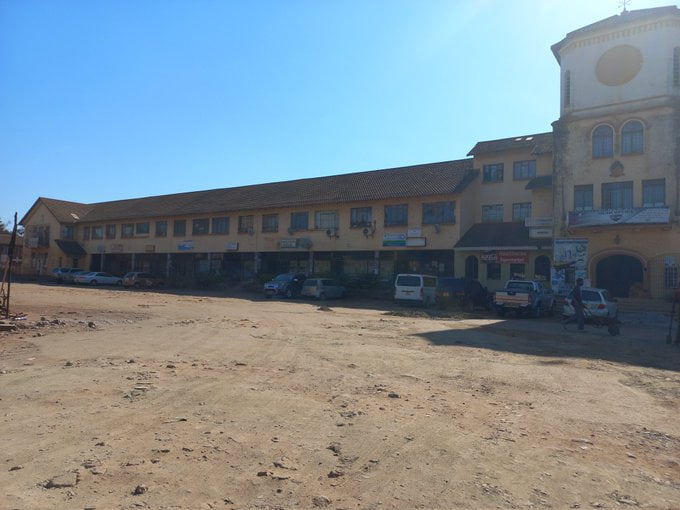Harare | Marlborough, once hailed as one of the best shopping malls in Harare, has witnessed a dramatic decline in recent years. What was once a vibrant hub of commerce and bustling activity has now transformed into a growth point, with shops resembling mere relics of a bygone era.
The sight is undeniably disheartening, as the once beautiful shops of Marlborough have lost their allure and vitality, leaving residents and visitors longing for the days of its former glory.
Not long ago, Marlborough was renowned for its vibrant and thriving shopping scene. It boasted a plethora of stores, boutiques, and restaurants, attracting shoppers from both near and far.
The mall was a symbol of economic prosperity and served as a hub for social interactions. It was a place where people gathered, shopped, and enjoyed the vibrant atmosphere.
However, the winds of change swept through Marlborough, leaving behind a stark contrast to its former self. The once flourishing shops now appear dilapidated and neglected.
Dust has settled on display windows, and faded signage is a testament to the lack of maintenance. The decline of Marlborough’s shops is a reflection of the broader economic challenges that Harare has faced in recent years.
This writer visited the stores after being prompted by a picture posted on Twitter by user Kuda Chihota, and I can confirm that what I observed there is indicative of the local government’s inefficiency and the deteriorating economy.
Several factors have contributed to the downfall of Marlborough’s shopping mall. Economic instability, soaring inflation, and political uncertainty have all taken their toll on the business environment in Harare. These factors have led to decreased consumer spending, forcing many shops to shutter their doors or operate at a fraction of their previous capacity.
Additionally, the rise of e-commerce and changing consumer preferences has also impacted the once-thriving retail sector in Marlborough.
The convenience of online shopping and the emergence of larger, modern shopping centers in other parts of the city have drawn customers away from the traditional brick-and-mortar stores in Marlborough.
The decline of Marlborough’s shops goes beyond the physical deterioration of the buildings; it has also had a profound impact on the livelihoods of the people who once relied on the mall for their income.
Shop owners, employees, and their families have been directly affected by the economic downturn, facing financial hardships and uncertainties about their future.
Despite the current state of Marlborough’s shops, there is hope for revitalization. Local authorities, together with business owners and community leaders, must recognize the urgent need for intervention.
Strategic plans and investments should be made to rejuvenate the area and restore its former glory.
Collaborative efforts between the public and private sectors can lead to the redevelopment of the mall, attracting new businesses, and creating a more appealing environment for shoppers. Renovations, improved security, and marketing campaigns can help regain the trust and interest of consumers.
Furthermore, diversifying the offerings in Marlborough to cater to changing consumer needs is crucial. This may involve introducing more entertainment options, recreational facilities, or incorporating a mix of traditional retail and experiential concepts that appeal to a wider audience.
The decline of Marlborough’s shops from a thriving retail center to a desolate one is undoubtedly a sad reality. The transformation serves as a reminder of the challenges faced by Harare’s economy and the need for concerted efforts to rebuild and revitalize once-vibrant areas.
By acknowledging the current state of Marlborough and working together, it is possible!
Source Zimetro








